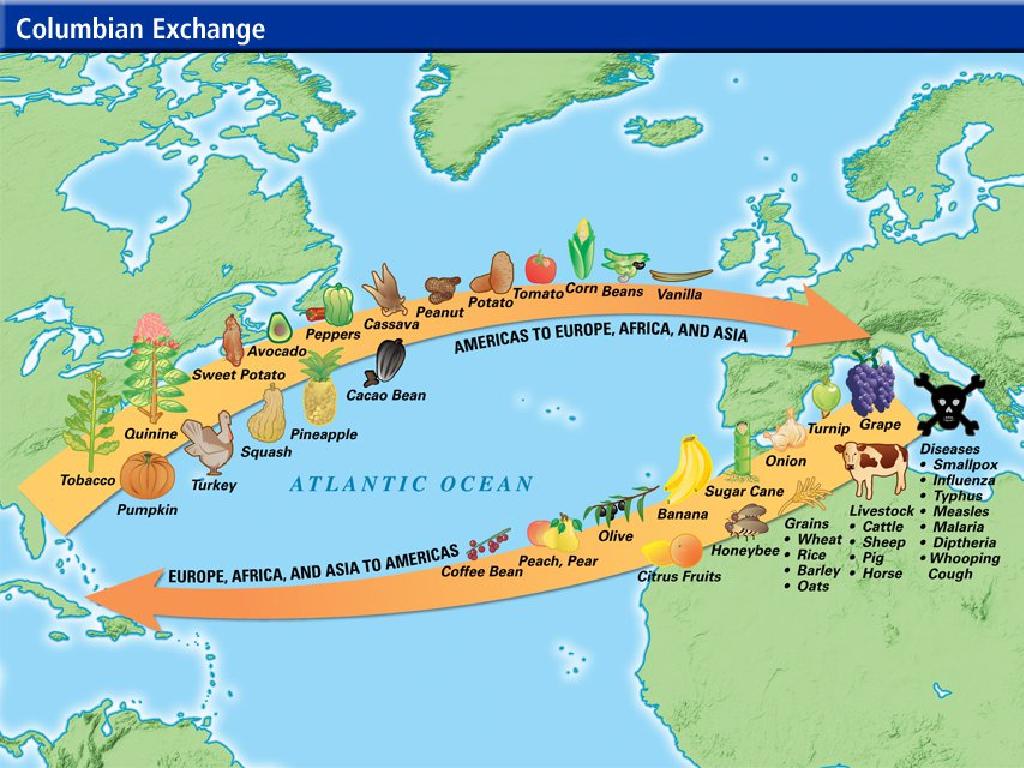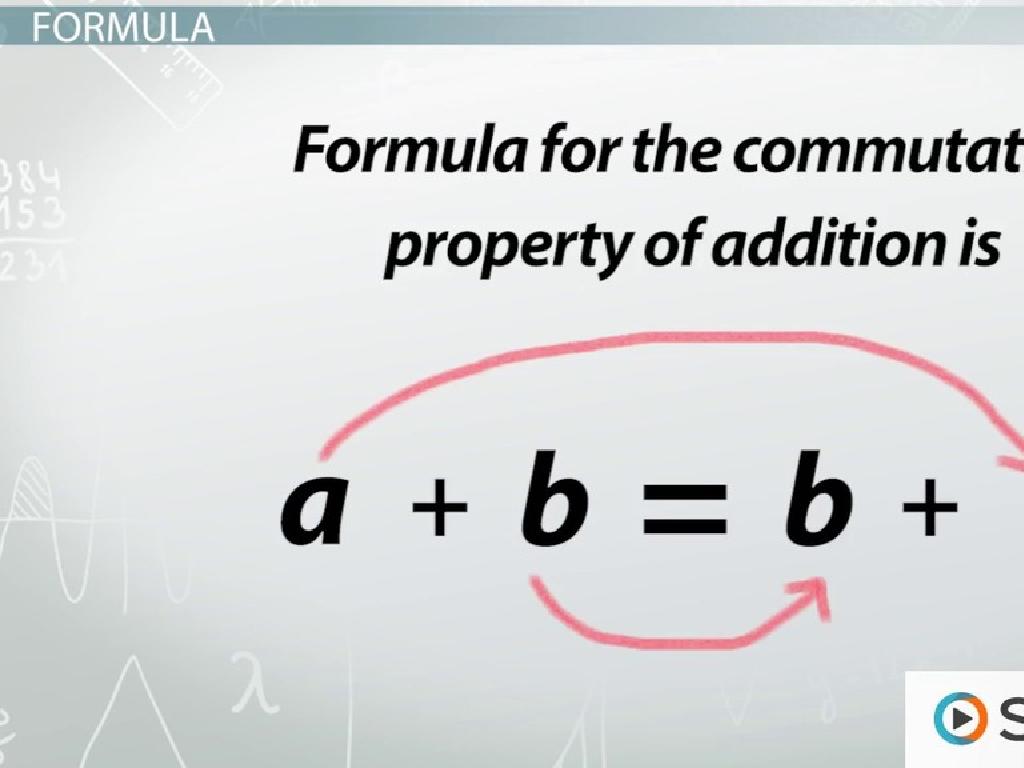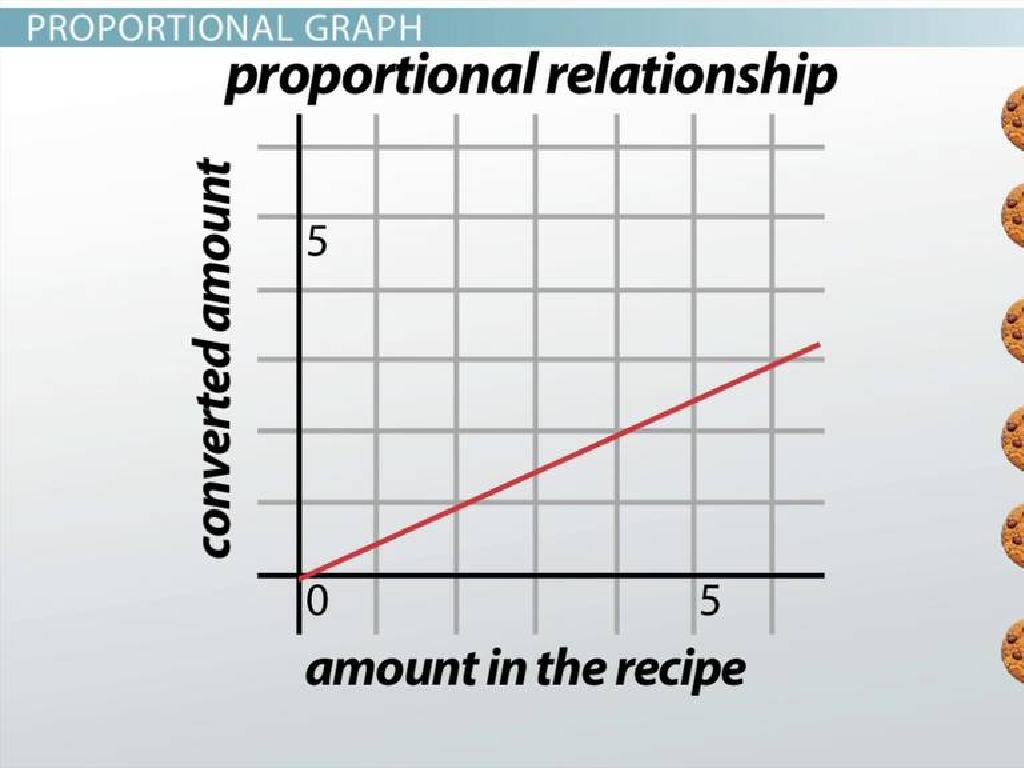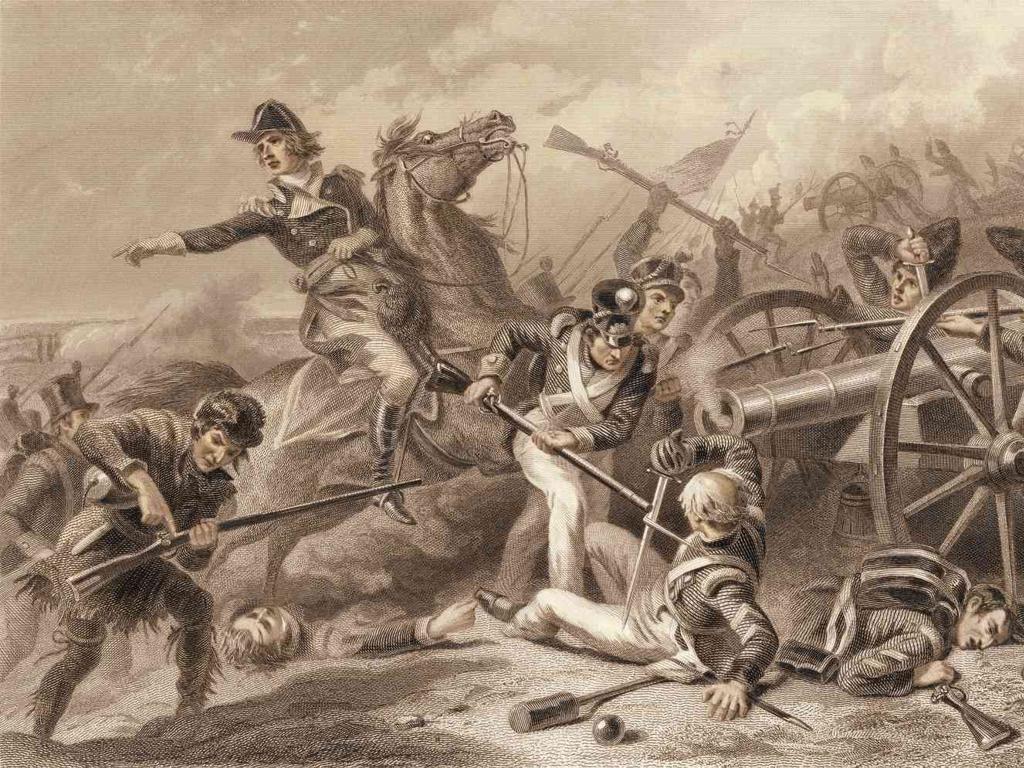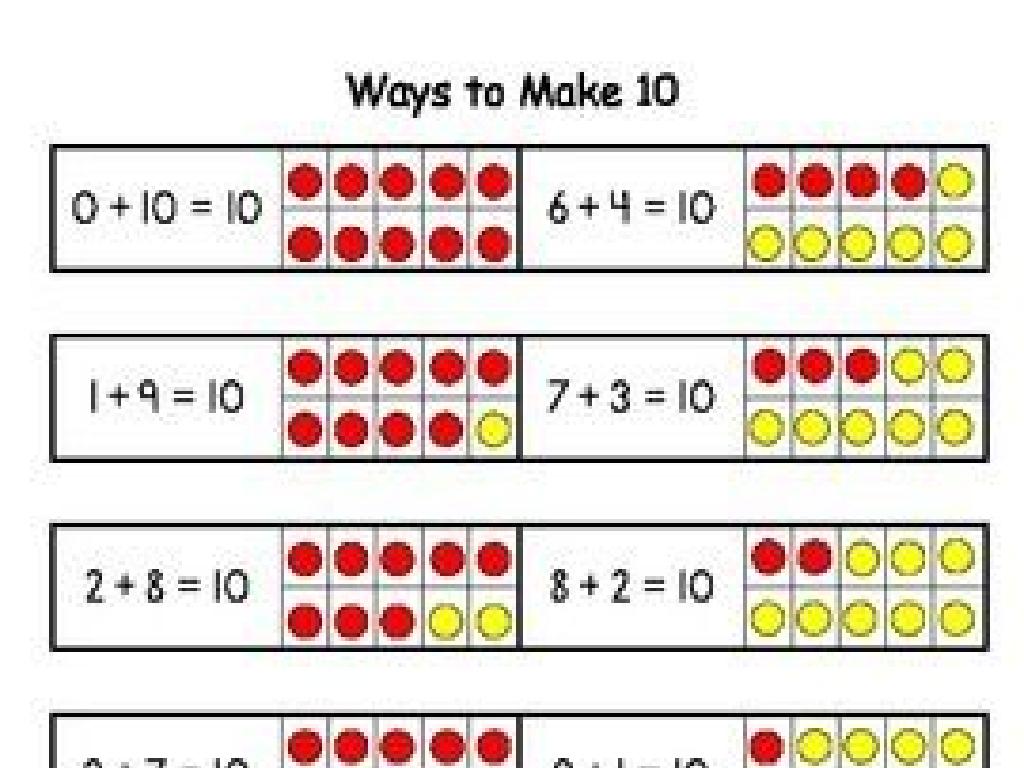Remove Redundant Words Or Phrases
Subject: Language arts
Grade: Eighth grade
Topic: Writing Clearly And Concisely
Please LOG IN to download the presentation. Access is available to registered users only.
View More Content
Writing Clearly and Concisely
– Understanding redundancy
– Redundancy means unnecessary repetition of words or ideas.
– Importance of concise writing
– Clear writing conveys ideas effectively without extra words.
– Techniques to remove redundancy
– Use synonyms, combine sentences, and eliminate filler words.
– Practice rewriting sentences
– We’ll revise sentences to be more direct and to the point.
|
This slide introduces the concept of redundancy in writing and its impact on clarity and conciseness. Redundancy can distract readers and obscure the intended message. It’s crucial for students to learn how to express their ideas effectively using as few words as necessary. Teach students to identify and remove unnecessary repetition, use precise vocabulary, and avoid filler words that add no meaning. Encourage them to combine sentences where appropriate for brevity. Provide examples and exercises for students to practice rewriting sentences to improve their writing skills. Emphasize that clear and concise writing is more engaging and easier to understand.
Eliminating Redundancy for Clear Writing
– Define redundancy in writing
Redundancy occurs when a writer uses words/phrases that repeat the same idea unnecessarily.
– Identify redundant phrases
Examples: ‘free gift’, ‘advance warning’, ‘end result’, ‘personal beliefs’.
– Understand redundancy impact
Redundant words can dilute the message and bore the reader, making writing less engaging.
– Practice removing redundancies
Use exercises to spot and eliminate unnecessary repetitions in sentences.
|
This slide introduces the concept of redundancy in writing and its effect on clarity and conciseness. Redundancy happens when writers use multiple words to express an idea that could be conveyed with fewer words. For example, the phrase ‘true fact’ is redundant because a fact is inherently true. Redundant writing can make text longer, less clear, and less interesting to read. To improve writing skills, students should learn to recognize and remove redundant phrases. In-class activities could include revising sentences to eliminate redundancy, peer review exercises, and creating a ‘redundancy hunt’ where students find and correct redundancies in a given paragraph.
Eliminating Redundancy: Writing Clearly
– Understanding redundancy
– Redundancy means unnecessary repetition in writing.
– Techniques to spot redundancy
– Look for words that repeat the same idea or phrases that could be simplified.
– Practice identifying redundancies
– We’ll analyze example sentences to find and remove extra words.
– Refine writing for clarity
|
This slide is aimed at teaching students how to identify and eliminate redundant words or phrases to improve their writing clarity and conciseness. Redundancy can make writing less effective because it can bore the reader and obscure the main point. Teach students to recognize common redundancies, like ‘past history’ or ‘future plans,’ as both ‘past’ and ‘future’ are implied in ‘history’ and ‘plans.’ During practice, provide sentences with common redundancies and guide students to identify and remove them. Encourage students to think critically about each word they use and to ask themselves if the word adds new information or just repeats something already stated. This exercise will help them become more precise and effective writers.
Trimming the Fat: Writing Clearly
– Strategies to cut redundancy
– Use synonyms, merge similar sentences
– Rewrite for clarity
– ‘The boy is funny and makes people laugh’ to ‘The funny boy entertains everyone.’
– Examples of concise writing
– ‘She climbed up the ladder’ to ‘She climbed the ladder.’
– Practice removing extras
|
This slide focuses on teaching students how to remove unnecessary words or phrases that do not add value to their writing. Discuss strategies such as using synonyms to avoid repetition and combining sentences that convey similar ideas. Provide examples of how to rewrite sentences to make them clearer and more concise. For instance, show how the sentence ‘The boy is funny and makes people laugh’ can be made more concise by saying ‘The funny boy entertains everyone.’ Highlight the importance of getting to the point without losing the sentence’s meaning. Encourage students to practice this skill by looking at their own writing and identifying areas where they can ‘trim the fat.’ This will help them become more effective communicators.
Eliminating Redundancy for Clarity
– Understand sentence redundancy
– Redundancy means unnecessary repetition in phrases.
– Compare redundant and concise sentences
– ‘She climbed up the ladder’ vs ‘She climbed the ladder’.
– Observe clarity improvement
– Removing extra words makes ideas clearer.
– Assess the impact of conciseness
– Concise sentences are more powerful and engaging.
|
This slide aims to teach students how to write more clearly by removing unnecessary words or phrases from their sentences. Redundancy can obscure the intended message and weaken the impact of writing. By providing examples of sentences before and after removing redundancies, students can visually grasp the difference in clarity and impact. Encourage them to practice this skill by revising their own writing, looking for areas where they can say the same thing with fewer words. This will not only improve their writing skills but also enhance their critical thinking as they learn to identify superfluous language.
Class Activity: Eliminating Redundancies
– Edit sentences for clarity
– Remove unnecessary words
– Look for words that repeat the same idea
– Share your revisions
– Discuss improvements
– Explain why the edits make the sentences clearer
|
This activity is designed to help students practice concise writing by identifying and removing redundant words or phrases. Provide students with sentences that have common redundancies. Encourage them to think critically about each word’s necessity and whether it adds value to the sentence. After editing, students will share their revised sentences with the class. This peer-sharing session will allow students to see different approaches to editing and understand the importance of clarity in writing. Possible sentences for the activity: ‘The stars were visible to the eye,’ ‘She nodded her head in agreement,’ ‘He repeated the same story again.’ Discuss why ‘visible to the eye,’ ‘her head,’ and ‘repeated again’ are redundant.
Class Activity: Redundancy Hunt
– Pair up for a redundancy scavenger hunt
– Find redundancy in articles or magazines
– Discuss and improve redundant phrases
– Why is ‘free gift’ or ‘advance planning’ redundant? How can we rewrite these?
– Present improved sentences to class
|
This activity is designed to enhance students’ ability to write clearly and concisely by identifying unnecessary repetition in writing. Students will work in pairs to search for redundant phrases in various texts, fostering collaboration and critical thinking. They will then discuss why these phrases are redundant and brainstorm ways to make the sentences more concise. This exercise will help them understand how to avoid common pitfalls in their own writing. Encourage creativity and provide guidance on how to present their findings effectively. Possible activities for different pairs could include focusing on specific sections of an article, comparing different sources, or even creating a ‘redundancy wall’ where students post their examples and improvements.
Crafting Clear and Concise Writing
– Recap: Why clarity matters
– Writing concisely: Less is more
– Homework: Craft & revise a paragraph
– Choose any topic, write a paragraph, then remove redundant parts
– Eliminate unnecessary words/phrases
– Example: Change ‘at this point in time’ to ‘now’
|
This slide aims to reinforce the lesson on the importance of clear and concise writing. Clarity in writing helps convey messages effectively without confusion. Conciseness eliminates fluff, making writing more powerful. For homework, students will apply these principles by writing a paragraph on a topic they enjoy. They will then practice revising their work to remove any redundant words or phrases, learning to recognize and cut unnecessary parts to strengthen their writing. Encourage students to share their before-and-after paragraphs in the next class to discuss the impact of their revisions.

